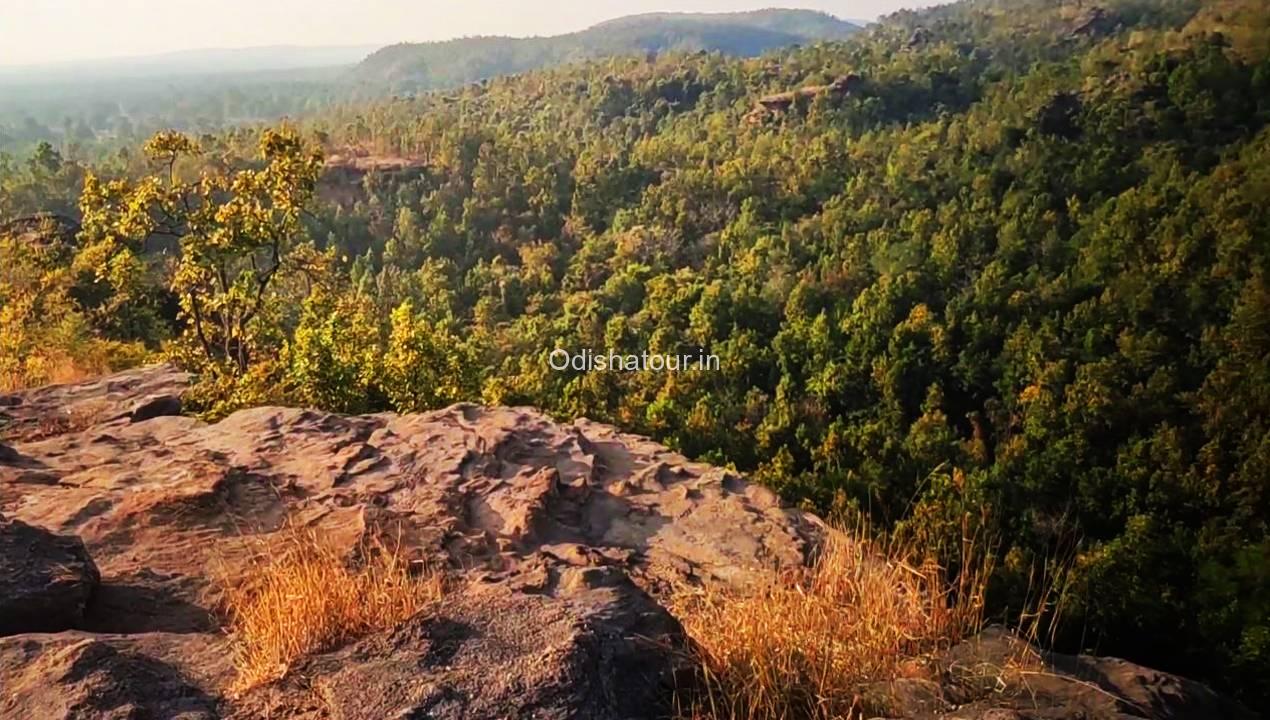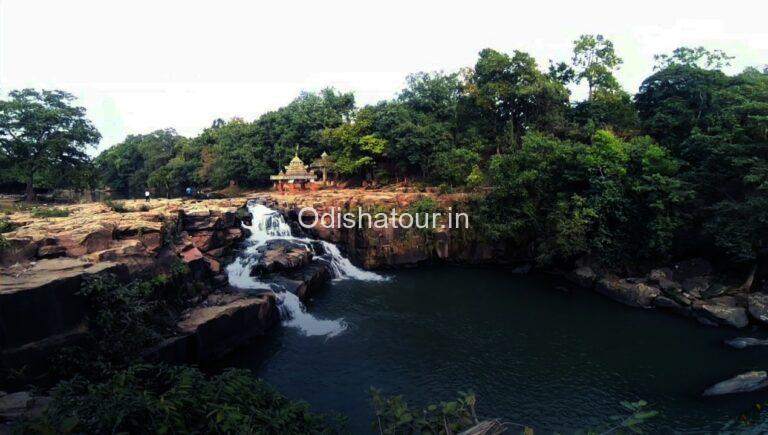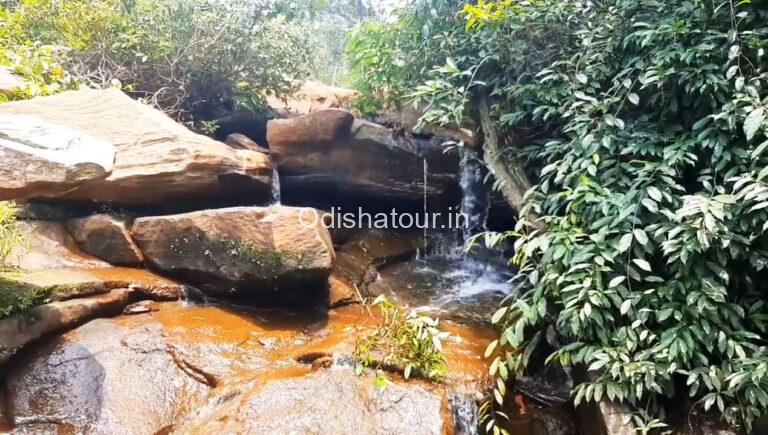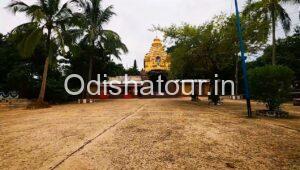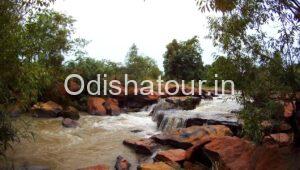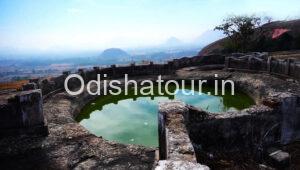Ulapgarh hill forts is a hillock about fifteen minutes away from Belpahar Railway Station. It is said that the revolutionaries fighting in the freedom struggle of India took refuge in this hillock. The spaces carved out from the rock face to hold torches can be seen to this day. The journey uphill entails one being of a strong disposition as the sun and the dry heat can take their toll on one’s bodily fluids. But once the summit is reached, it is a view to behold. Greenery combined with the piercing silence is a great restorative. It would be advised to remember one’s way up lest one may find themselves going down by a completely different path and hence get lost. It is a picnic spot. On the foot of Maheswar Pahad, there is a small village called “Ulap”. About one kilometre from the village, the ruins of Ulapgarh are situated.
At this place, the Maheswar Pahad is about 1000 ft high and on the top, there is a huge plain surface. On this rectangular plain stone surface, the fort of Ulapgarh had been constructed. The plain stone fine surface is about 400 metres long and 250 metres wide. On the eastern side of the fort, there is almost 7 km of densely forested Baramunda Hills and on the western side, the Belpahar Railway Station is located at a distance of 5 km. On the north, there is a dense forest stretching up to Hemgir and in the south stretching up to Bad job village.
A 12 ft (3.66 m) wide and 500 ft (150 m) long moat had been constructed which stretches from east to west. There was a Sivalingam and a place of worship in the Fort. A well had been dug on the stone floor which provided drinking water to the inmates of the Fort throughout the year.
On the stone floor, there are many square holes and 70 round holes. The diameters of the hole vary from 1-3 inches. Wooden poles used to be put on these holes to support superstructures for the living room, storeroom, arsenals, kitchen, sleeping room, etc.
About 1000 people could take shelter at Ulapgarh at a time. On the western side of Ulapgarh and downhill, there is Ushakothi cave. On the walls and floors of this cave also there are many circular and square holes. Probably the defence personnel of the fort used to suspend their clothes and other belonging from wooden poles fitted to these holes. The soldiers of the dense forest of Maheswar hill could easily overpower and defeat the enemies before they could climb up the hill and attack the fort.
It is believed that Ulapgarh was being used as a residential fort by some kings of the “Naja” Dynasty. This is being researched by both Indian and foreign researchers and historians. (Source) is a hillock about fifteen minutes away from Belpahar Railway Station. It is said that the revolutionaries fighting in the freedom struggle of India took refuge in this hillock. The spaces carved out from the rock face to hold torches can be seen to this day. The journey uphill entails one being of a strong disposition as the sun and the dry heat can take their toll on one’s bodily fluids. But once the summit is reached, it is a view to behold. Greenery combined with the piercing silence is a great restorative. It would be advised to remember one’s way up lest one may find themselves going down by a completely different path and hence get lost. It is a picnic spot. On the foot of Maheswar Pahad, there is a small village called “Ulap”. About one kilometre from the village, the ruins of Ulapgarh are situated.



